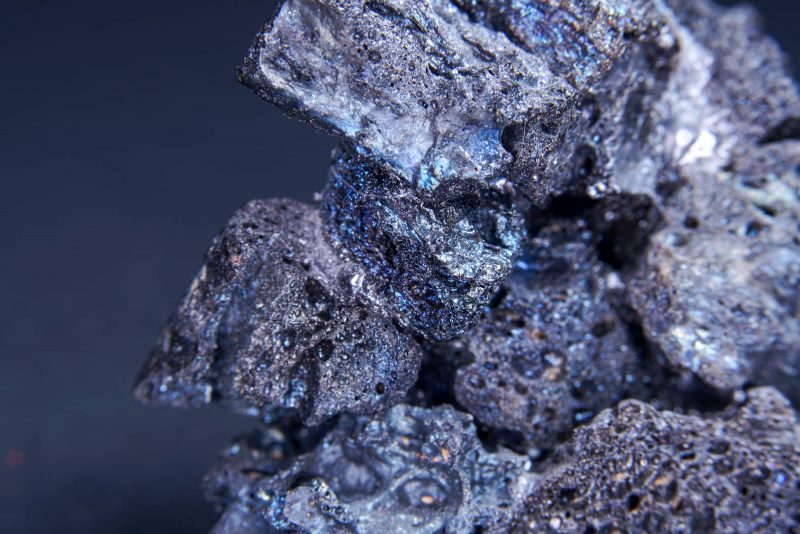
Magnetic REE Demand Accelerates Amid Clean Energy Push
Global demand for magnetic rare earth elements (REEs) will triple by 2035, reaching 176,000 tons annually, McKinsey & Company reports. Rapid growth in electric vehicles (EVs) and wind energy drives this surge, relying heavily on neodymium (Nd), praseodymium (Pr), dysprosium (Dy), and terbium (Tb). These four elements power the strongest permanent magnets on the market, essential for high-performance motors and turbines.
Despite comprising only 30% of total REE production by volume, magnetic REEs account for 80% of market value, highlighting their critical role in the energy transition. However, supply remains highly vulnerable. McKinsey warns of a possible 30% shortfall, especially as China maintains dominance in both mining and refining. The situation is further complicated by geopolitical uncertainties and the lack of alternative large-scale suppliers.
China currently holds over 60% of REE mining and 80% of refining capacity, leaving the market exposed to export restrictions and global trade tensions. While new projects and regulatory support aim to reduce this reliance, diversification progress will likely remain slow for the next decade.
Magnetic REE Supply, Recycling, and Regional Disparities
The global supply chain for magnetic REEs remains highly concentrated. While demand is geographically diverse, China’s grip on refining continues to shape market risk. Efforts to build alternative supply chains outside Asia face major barriers including high costs, long lead times, and environmental regulations.
As a result, McKinsey emphasizes the growing role of REE recycling, especially from both pre-consumer and post-consumer scrap. The report forecasts that by 2050, scrap volumes from EV drivetrains, wind turbines, and industrial motors will grow substantially. These scrap sources will contain higher concentrations of heavy REEs, potentially easing some supply constraints.
Still, recycling challenges persist. Most pre-consumer scrap will remain in China due to its dominant manufacturing base. In contrast, post-consumer recycling requires magnet separation practices that are currently rare in established recycling streams. Without infrastructure and standardization, much of this material could be lost.
SuperMetalPrice Commentary:
The projected tripling of magnetic REE demand reveals deep structural issues in the global clean energy supply chain. While demand growth is driven by the right reasons—decarbonization and electrification—the failure to secure diversified supply could slow innovation and raise prices. China’s dominance, coupled with limited recycling capacity outside Asia, leaves the market highly exposed. Unless policymakers accelerate investments in REE recovery, refining capacity, and recycling infrastructure, the sector could face severe volatility well before 2035.



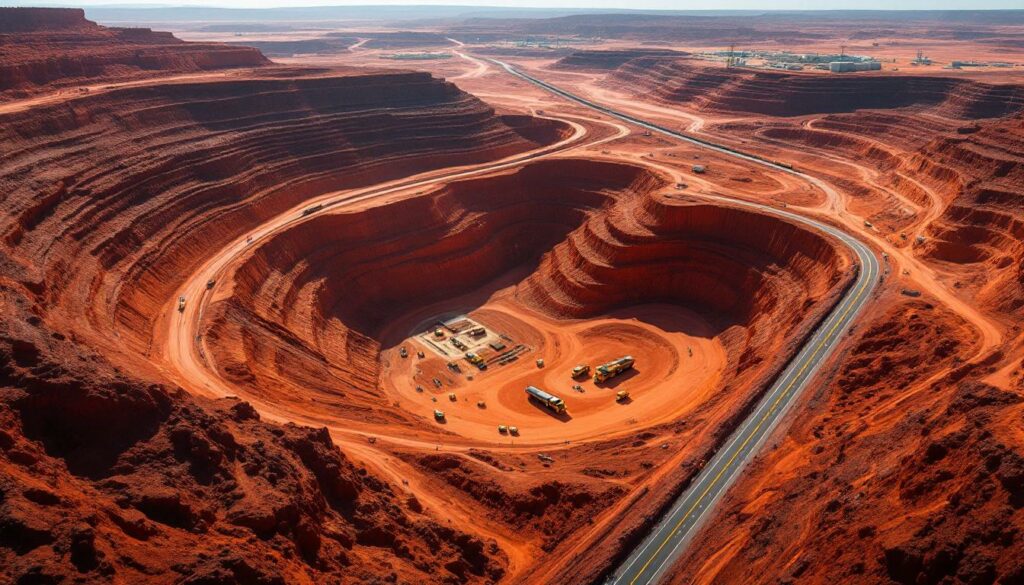




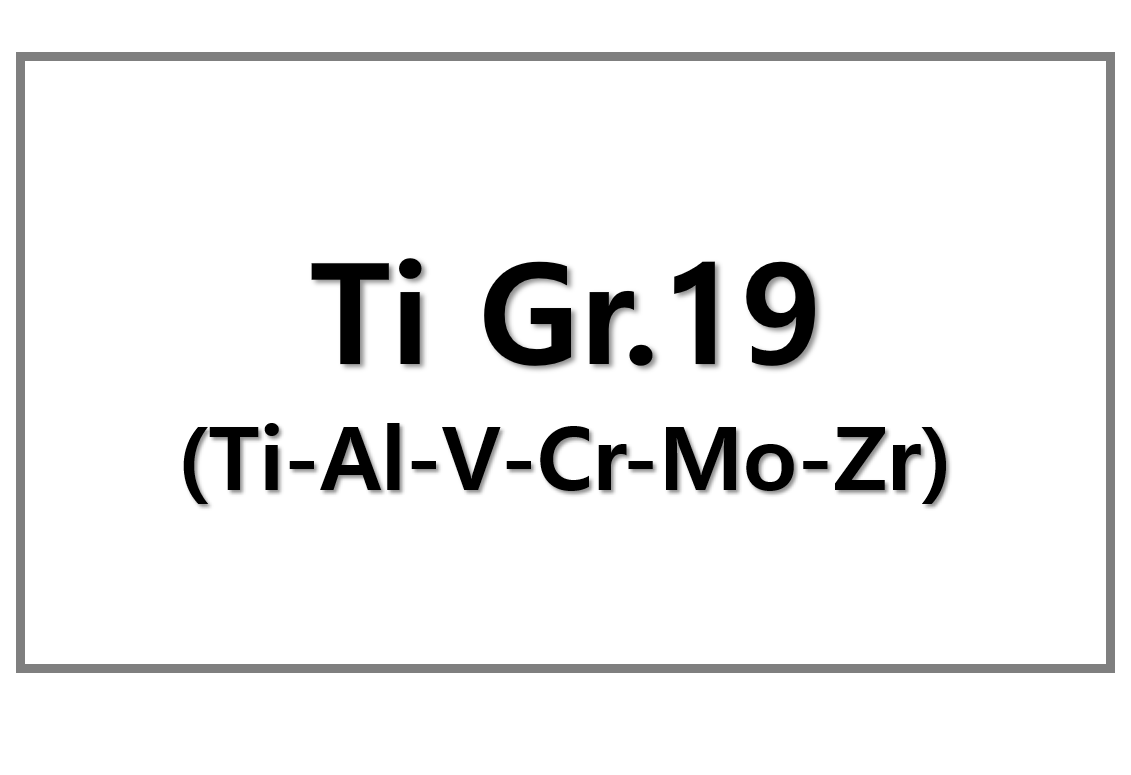
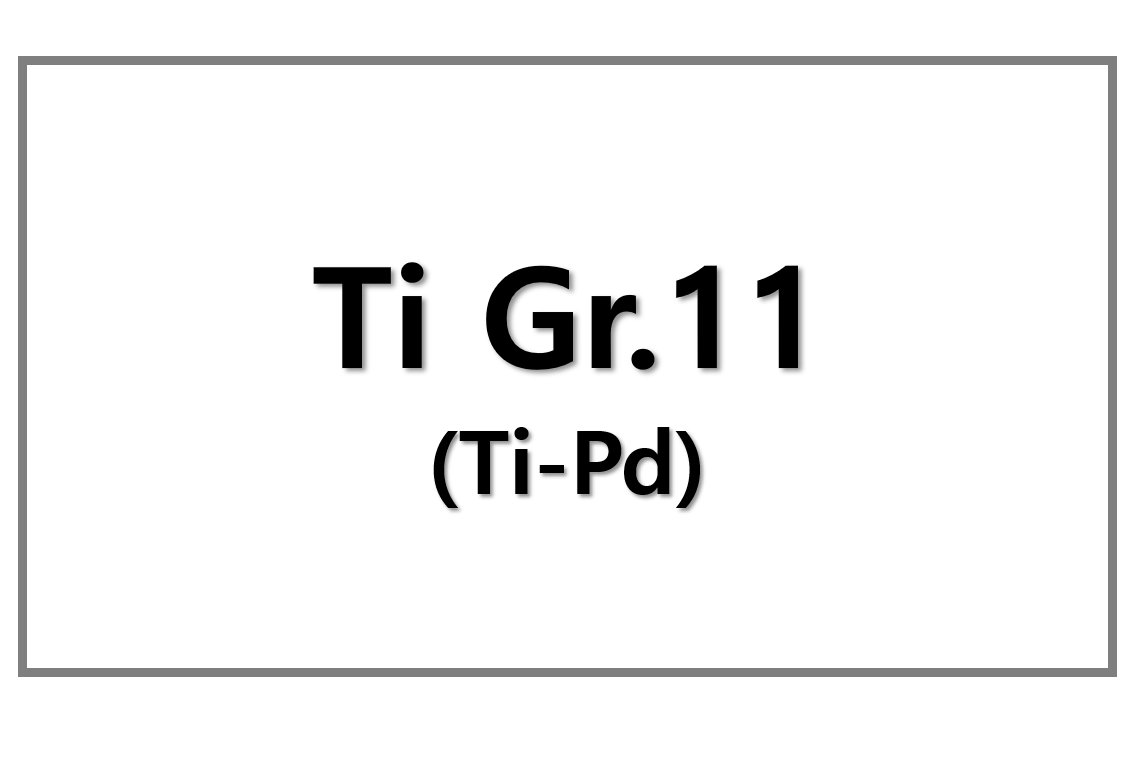
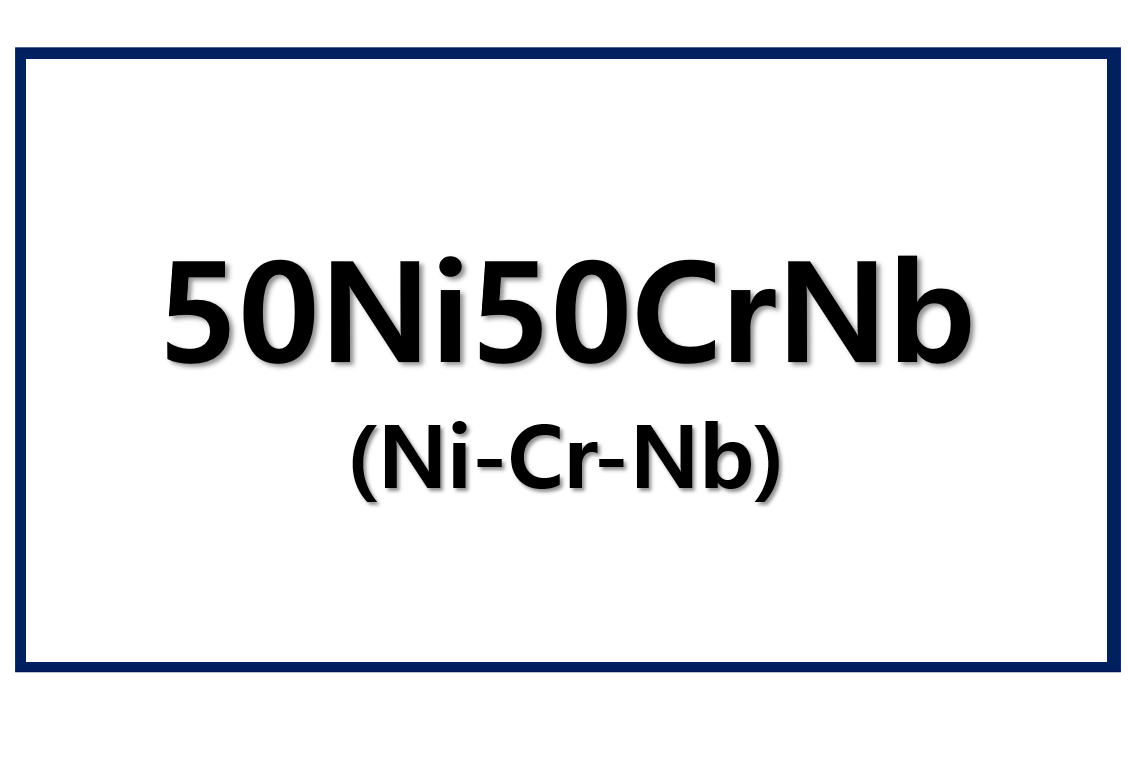
Leave a Reply
You must be logged in to post a comment.